REVIEW: A Musical Story Is a Little Out of Tempo
A beautiful song with a few wrong notes
Music is sorely underappreciated as a storytelling device. The vast majority of people can probably think of a score or soundtrack that they like, but for many of them, they likely think of the music as a purely supportive force; secondary to the narrative rather than a part of it. It’s understandable that people feel this way, because an effective score will blend seamlessly with the other elements present in the media. This means that the actual effect of the music doesn’t get the spotlight it deserves, however. Music has the capability to tell a story all on its own, describing events, emotions, and character arcs all through the proper notes. A Musical Story has an impeccable grasp on this concept, with a fantastic soundtrack that crafts a compelling narrative through its sheer melodic prowess. It’s unfortunate, though, that the rest of the game can’t quite keep up with the beat.
A Musical Story opens with strong intrigue; the title screen depicts a mysterious figure lying disheveled in a hospital bed. We come to discover that this character is Gabriel, a cannery worker with a passion for guitar. In his off time, he plays in a band with two of his friends, and when the group learns about a music competition taking place at the far-off studio of Pinewood, they pile into their van and hit the road.
The game is split into around twenty chapters, with each chapter containing several rhythm games which must be completed in order to proceed. With one exception towards the end, each of these levels share the same basic premise. The player must perform the correct button presses in time with a bar of music. The only buttons used for the sections are the L and R triggers, sometimes both at the same time. Upon successfully hitting every note, that bar of music will integrate into the background track and the player will be given a new bar with fresh notes to match. Rinse and repeat.
Unfortunately, the gameplay is solidly the worst part of A Musical Story. There’s definitely some fun to be found here, but the rhythm sections are plagued with too many issues to be anything other than frustrating. One of the most foundational problems is the fact that it’s quite annoying to play the game in its intended state. If you start playing A Musical Story and don’t change the settings, there will be no visual indicator as to where exactly in the tune you are. You have to time your button presses for the notes by sound alone. The game clearly states that this is the intended way to play. With guidance on, you are unable to earn stars for completing levels and cannot unlock the game’s secret ending. The issue is that while excellent, the music is not very effective at conveying where your timing should be. The notes corresponding to your button presses aren’t prominent enough to work off of their sound and nothing else, and with each tune being unique, there’s no sort of pattern to learn to figure out the process.
I wound up playing most of the game with guidance on. Even with this feature activated, the rhythm gameplay has a lot of other flaws that make it frustrating. The tracking is generally not reliable. Some levels will require you to press multiple buttons in very quick succession or hold a note rather than press it, and A Musical Story seems to have a hard time keeping track of these inputs. Several times I was still holding a note when the game failed me as if I had let go. These held notes are also often placed behind other notes with not much room in-between. Coupling this with the finicky tracking gives you very little time to actually make the button presses required.
Failing to land a single note forfeits the entire level and initiates another attempt. Conceptually, I’m not opposed to this level of difficulty, but the implementation causes a lot of wait time. If you miss a note, you have to go through the entire rest of the bar with no option to speed through it. It doesn’t take very long, but the frequent waiting is draining. It doesn’t help that you’re often waiting from the very beginning of the bar. As many tunes have a button press right at the start, and as there’s no real pause in-between attempts, getting the beginning timing correct can be surprisingly difficult. These little things really add up and make the experience of actually playing the game kind of a slog. It’s not that A Musical Story is difficult; it’s just frustrating.
In fairness, I don’t think the game is a total bust. There are a small handful of levels that lack held notes or rapid-fire button presses, and some of these manage to be enjoyable while still challenging if played with guidance. At a few points in the game, you get several of these levels in a row, and it feels really good to blow through bar after bar on your first try. It’s kind of a shame that these moments reveal how satisfying the game can be when played at a quick pace, because in practice, you have to repeat bars and wait so often.
The presentation of these rhythm games is also excellent. Before beginning a round, an image from the current scene will appear alongside the music and then fade away as the notes take their place. From a design perspective, this is a clever way to keep things visually interesting while not distracting from the button prompts. From a story perspective, it’s a cool way of allowing us to get into the minds of a musician. When they start to play, everything else fades away.
The presentation of A Musical Story as a whole really shines, especially in terms of the art. The art style is loose and rough, almost appearing as if everything was drawn with chalk. Visually, this style could not match the game’s identity better. With big blocks of bright color, loose outlines, and chalky textures, this is a malleable art style to match a wide assortment of settings while feeling consistent.
There is a great deal of darkness found in A Musical Story, and in these instances the art becomes terrifying, with dark shades, smeared colors, and harsh angles to keep us from seeing the whole picture, much as the characters in the story cannot. There are moments of great beauty here too, though, with scenes where the color palette becomes bright enough to blow you away. A great many shots in this game are absolutely gorgeous, especially when the rhythm sections end and the game goes full screen. The outdoor scenes look especially incredible. I was absolutely blown away by some of the art depicting the sunset and the forest, with shots beautiful enough to frame in your home.
The story here is more contentious, and while I personally got a lot out of it, objectively, I don’t think it’s paced as well as it could be. For what seems to be a relatively straightforward story on the surface, there’s actually a lot of depth here. What initially reads as a plot about loving music turns out to be a tale about self-doubt, loyalty, and what pushes people to keep going. I was surprised in the best way to find out how dark this story really is; I figured things would be more complicated than the band making it to Pinewood without a hitch, but while it has a degree of hopefulness to it, this game’s ending is far bleaker than I could’ve anticipated. I can very much appreciate a story that’s willing to be a little depressing in order to make a difficult point. Dreams don’t always come true. People who seem like they’ll be next to us forever don’t always stick around. Overcoming your demons takes time and isn’t as easy as having one big moment of healing. But in the end it’s all okay, for we find new dreams to follow and new people to chase them with us.
As previously stated, the presentation helps a lot here, as would be expected of a narrative without any words. In terms of art, the crows were a particular highlight for me. Gabriel is haunted by visions of a cartoon crow, the mascot of a brand of beans he labels at the cannery. Representing his fears of never achieving his dreams and escaping his life of corporate drudgery, these crows are drawn in a slick cartoon style, standing out immensely from the rest of the game’s visuals. Even just generally speaking, though, the emotions invoked through A Musical Story’s artwork goes a long way in telling this story.
Sadly, the plot really starts to drag around the halfway point. Some chapters make extremely slow progress, with two of the more egregious examples being a chapter dedicated solely to refueling the van, and one with nothing but shot after shot of a forest. With the gameplay not being great, what drives players to keep going is the music and the story, so when one of those things starts to falter, it can be hard to justify continuing. The ending kicks things back into high gear though, concluding on a heartbreakingly bittersweet note following by far the best sequence of gameplay present here. While quite dull at points, I still quite enjoyed the story, and I think pushing through the less engaging segments was worth it to reach the finale.
No matter how much praise I give the story, however, I will easily concede that it is very heavily carried by the music, which I think is undoubtedly the best part of A Musical Story. The 70’s psychedelic rock soundtrack is responsible for the majority of the game’s emotional impact, and it does so with great success. The sheer emotional range of the music here is impeccable. In the moments of insecurity and self-destruction, the score turns haunting with low, scratchy sounds. When love is in the air, the music becomes warm and nostalgic, introducing stunning vocals. Moments of healing are accompanied by soft guitar, moments of survival with frantic, panicked strumming. The music is the true star here, and this fantastic score serves as a testament to the incredible stories that can be told by playing the right notes.
I’m somewhat torn on my verdict for A Musical Story. I enjoyed my time with it quite a lot, but when I think about why I liked it, everything but the gameplay comes to mind, which isn’t ideal when talking about a video game. I tend to think this concept probably would’ve worked better as a visual novel or a short film. The visuals are stunning, the story is inspired, and the soundtrack might be one of my favorites out of any game I’ve played, but the rhythm gameplay was something I just had to get through in order to enjoy everything else. While definitely not perfect, there’s a ton of stuff to enjoy here, and if you think you can handle some admittedly frustrating rhythm gameplay segments, you’ll probably really appreciate A Musical Story.
About brendan_tenkai
Brendan Trump is a features writer and game reviewer for GoNintendo. His opinions about everything are entirely correct.
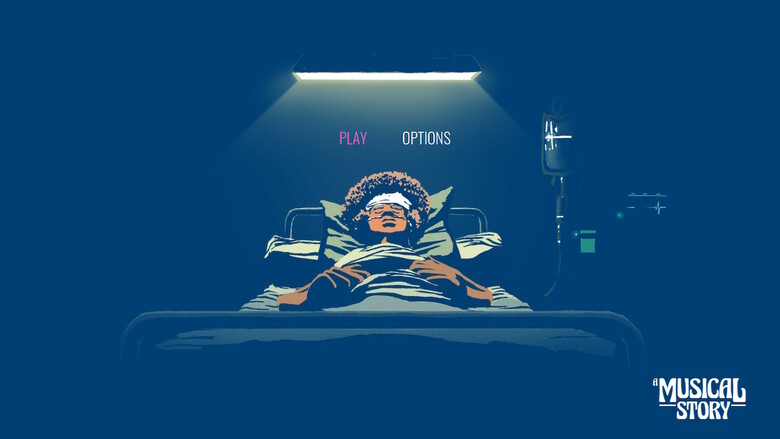
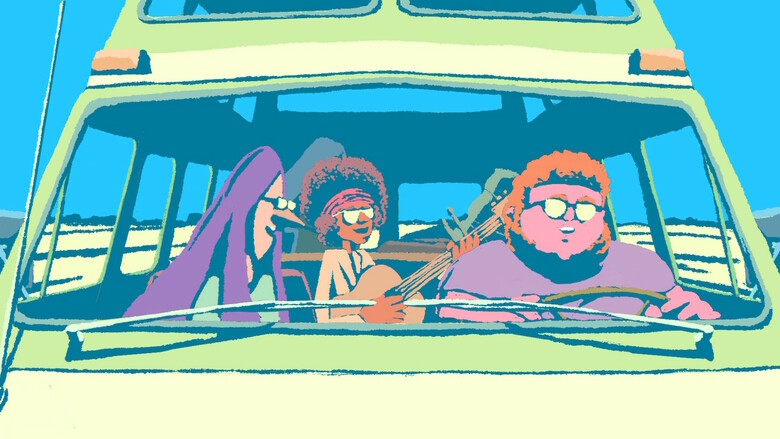
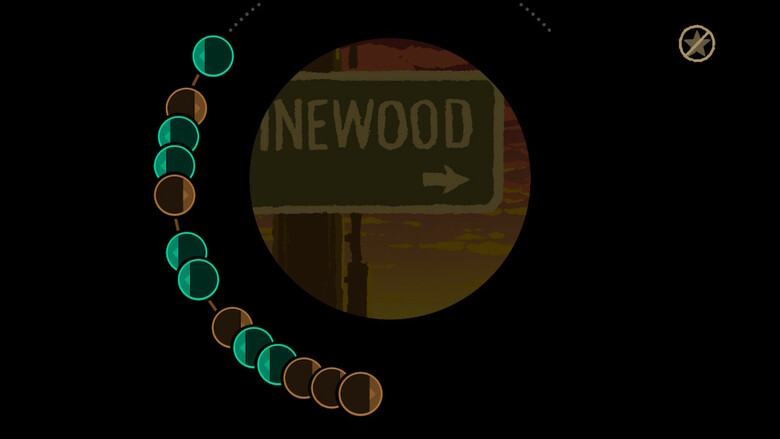
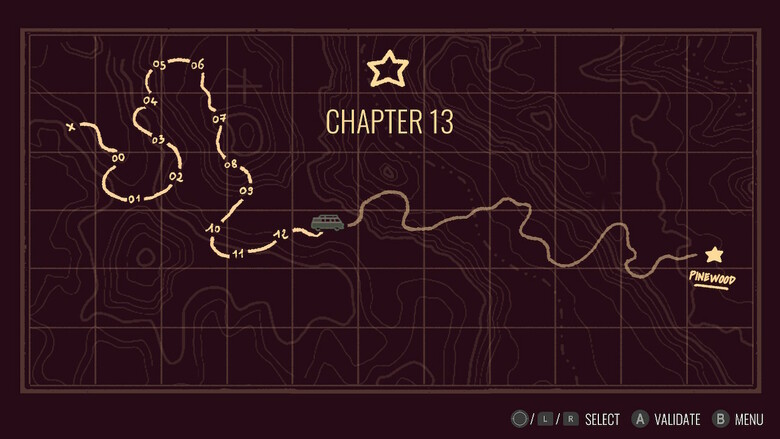

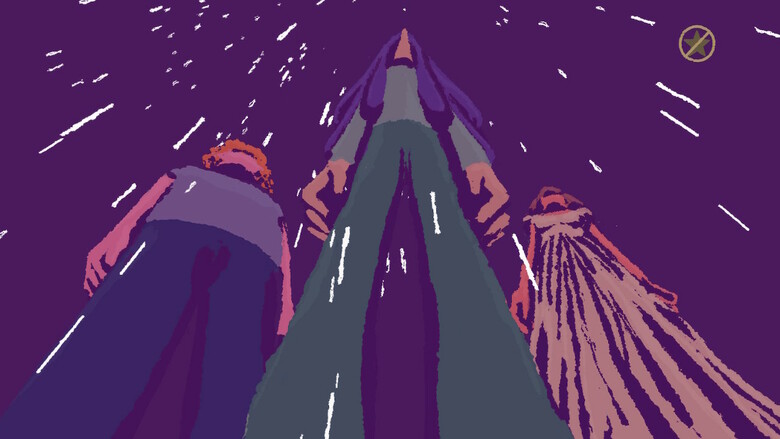


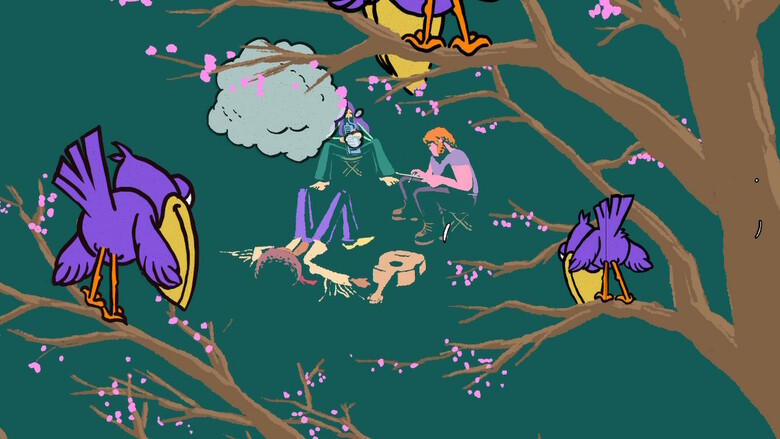

Comments (0)